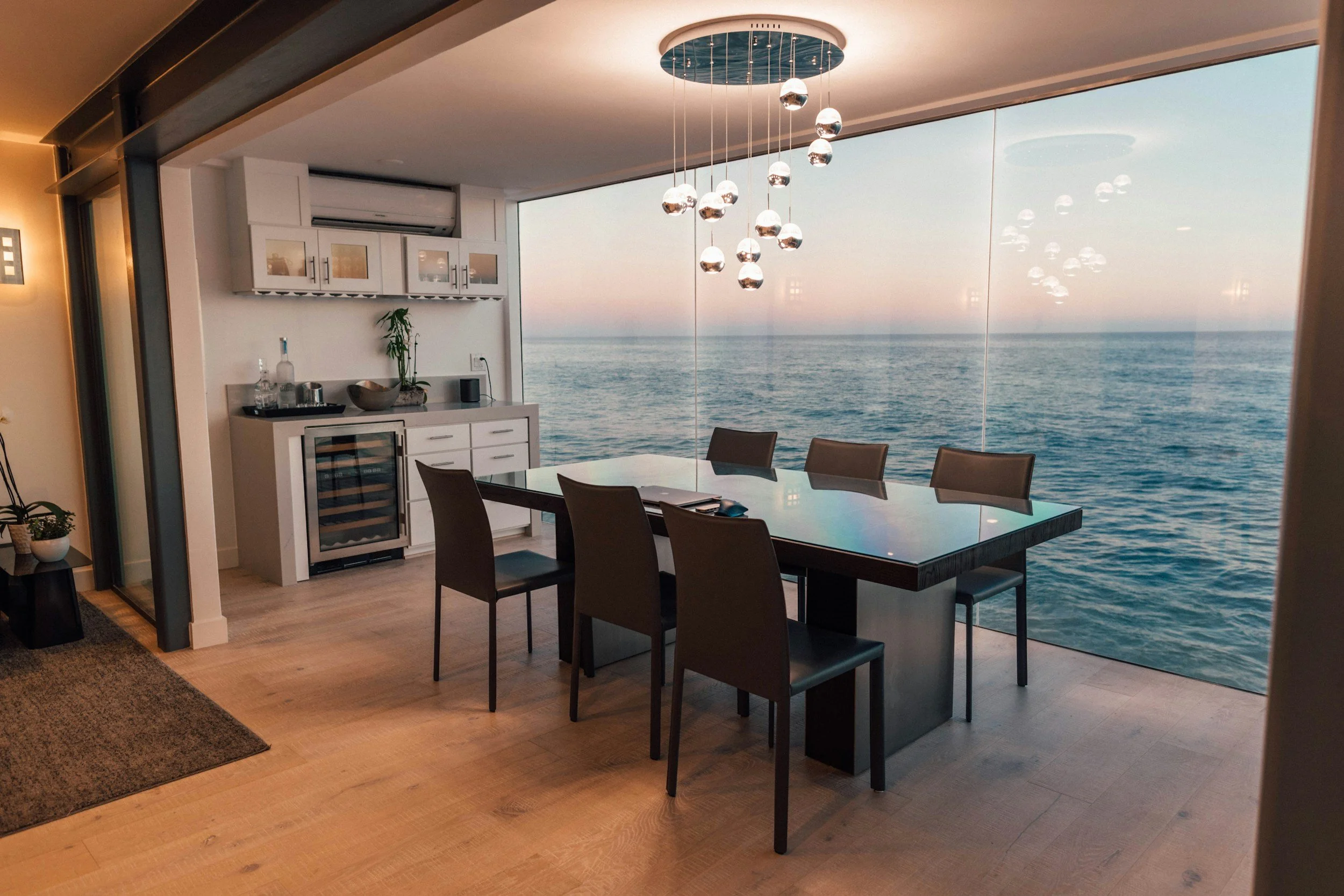Top Design Trends Shaping 2025
The Future in Focus: Top Design Trends Shaping 2025
Design in 2025 is equal parts innovation, intuition, and rebellion. As technology continues to evolve rapidly—particularly with AI, spatial computing, and sustainability at the forefront—designers are adapting by crafting more fluid, responsive, and meaningful experiences. From experimental interfaces to co-created aesthetics, the lines between digital and physical, human and machine, are blurring fast. Here's a look at the standout design trends that are defining this year—and likely shaping the next.
1. Neo-Material Aesthetics
Designers are blending digital and physical textures like never before—think virtual clay, translucent gradients, and synthetic fabrics. This tactile digital look bridges the gap between reality and the screen, perfect for AR/VR and immersive UI environments.
2. AI-Generated Collaborations
AI is no longer just a tool—it's a co-creator. In 2025, we’re seeing a rise in hybrid aesthetics where human designers and AI systems co-design graphics, layouts, and even brand identities, creating layered and unexpected outcomes that challenge traditional authorship.
3. Anti-Perfectionism & Raw Interfaces
Clean, polished UI is taking a step back in favor of more expressive, human-feeling design. Expect hand-drawn elements, asymmetry, and glitch-inspired graphics. It’s part rebellion, part nostalgia, and it makes digital experiences feel less sterile.
4. Hyper-Personalized UX
With real-time AI and behavioral data, 2025’s UX is tailored per user, down to tone, visuals, and flow. Apps and websites now morph to fit individual moods and needs, creating truly adaptive interfaces.
5. Sustainability Signaling Through Design
Eco-conscious design goes beyond green color palettes. We’re seeing interfaces and packaging that show sustainability—like carbon footprints, repair-friendly layouts, or digital products that visually reflect their minimal resource use.
Looking Ahead
Design in 2025 is more than aesthetics—it's a dynamic response to cultural shifts, technological leaps, and growing calls for transparency and personalization. Whether it's through AI-driven creativity or more honest, raw interfaces, today’s trends point toward a future where design feels more alive, adaptive, and intentional. For creatives, brands, and users alike, the challenge—and opportunity—is to embrace this evolution not just to stand out, but to create more meaningful, human-centered experiences.

